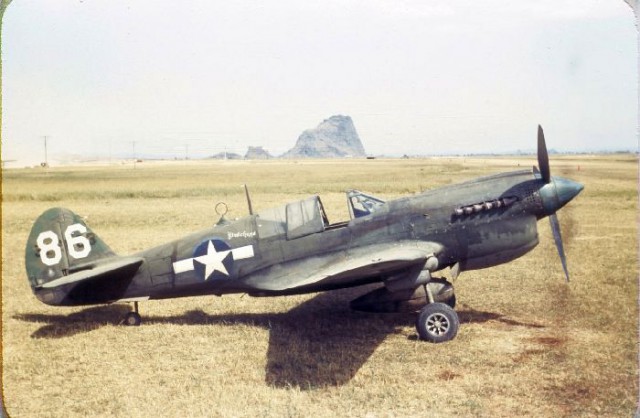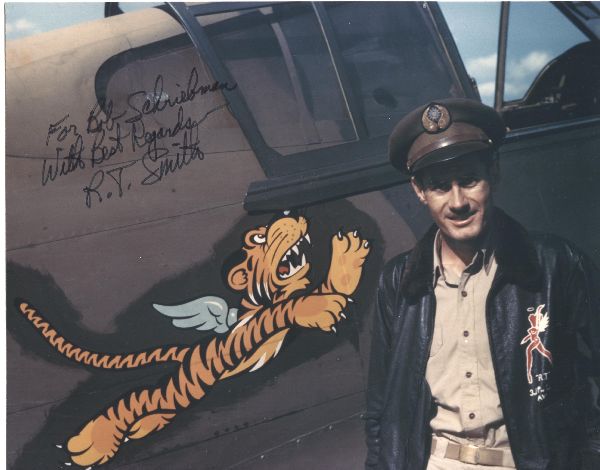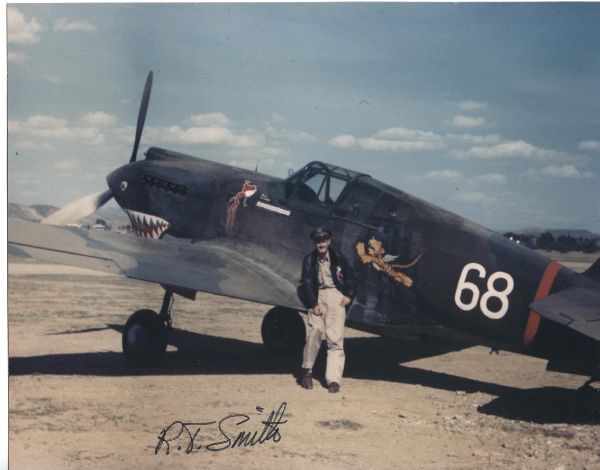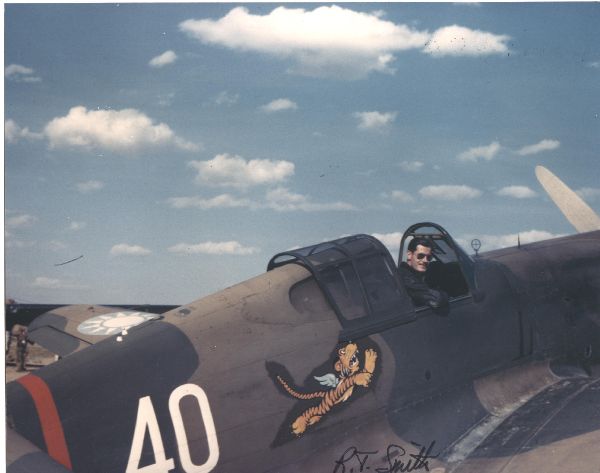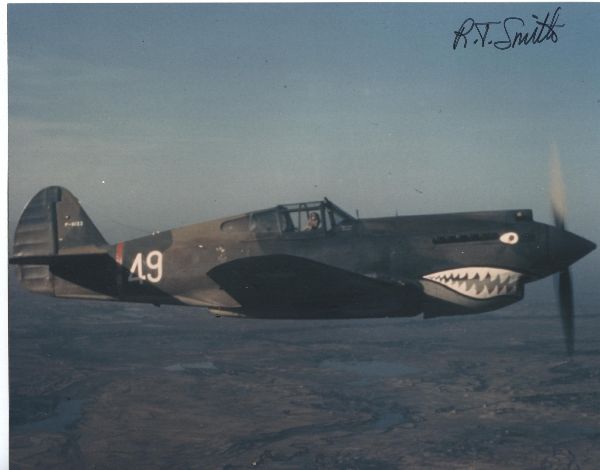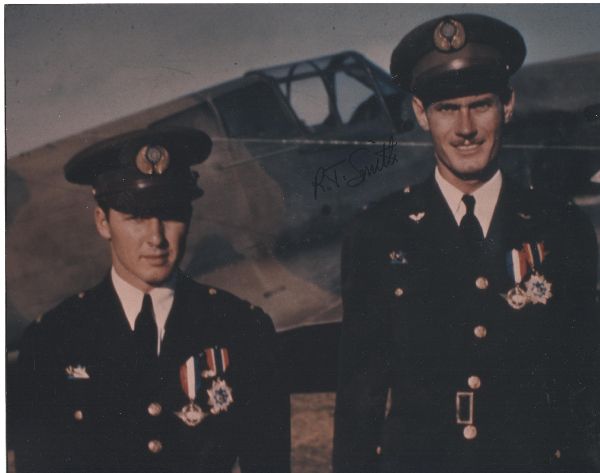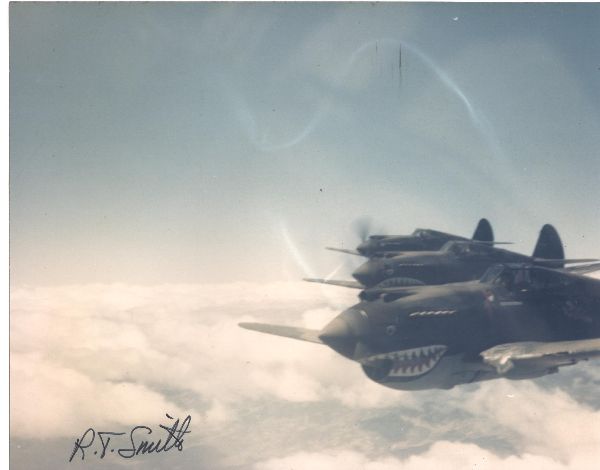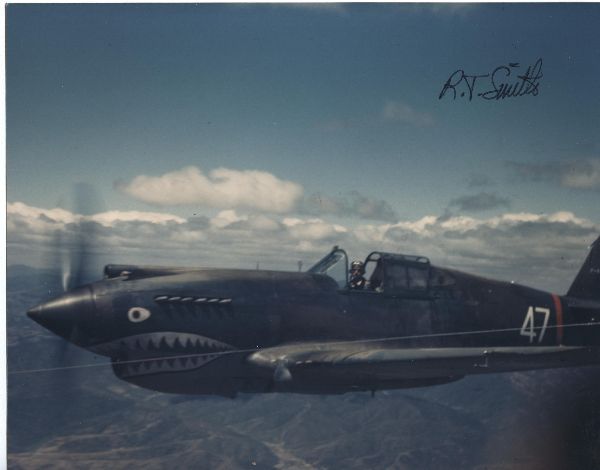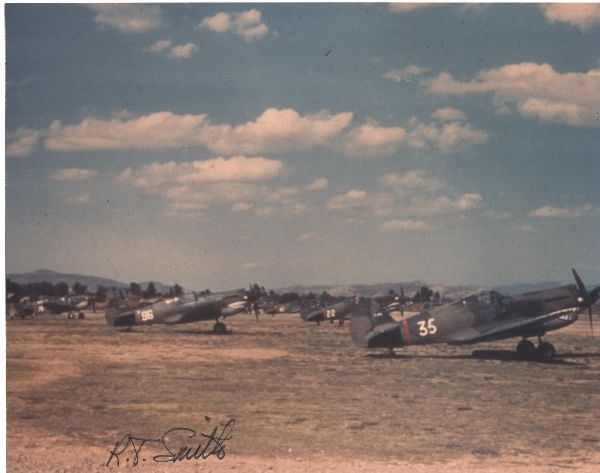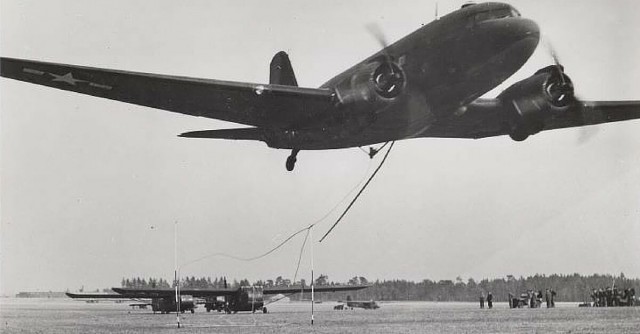Guillow's Spirit of St. Louis
Product Description
Hobbymate 3 axis flight controller for Rc Airplane, Delta Wing, Gliders, Parkfly
Description:
Item Name: 3 axis flight controller
Working power: DC 4V -6V
Working current: 18mA
Transmitter compatible: PPM PCM 2.4G
Working temperature: -20℃~ 65℃
Dimension: 40 × 25mm
Weight: about 5g
Feature:
Specially designed for RC planes, 3 axis gyro improves fly stability
Support common plane; delta wing; V tail 3 kinds RC models
Improve stability & flexibility
Remote control can shut down 3AXIS gyro system, convenient for skillful players to operate planes manually
Indicator light:
Red indicator blink: initial status.
Red indicator on: 3Axis radio in turn on status.
Red indicator off: 3Axis radio in turn off status.
Green indicator off: normal airplanes model.
Green indicator on: V-tail multiple control model.
Green indicator blink: Wing (Triangular empennage) multiple control model.
Note:
Assemble your planes completely before assemble the 3 axis gyro.
Shut down V tail & delta wing multi control function of radio, make the radio work for common planes.
Package Included:
1 x 3 axis flight controller
Description:
Item Name: 3 axis flight controller
Working power: DC 4V -6V
Working current: 18mA
Transmitter compatible: PPM PCM 2.4G
Working temperature: -20℃~ 65℃
Dimension: 40 × 25mm
Weight: about 5g
Feature:
Specially designed for RC planes, 3 axis gyro improves fly stability
Support common plane; delta wing; V tail 3 kinds RC models
Improve stability & flexibility
Remote control can shut down 3AXIS gyro system, convenient for skillful players to operate planes manually
Indicator light:
Red indicator blink: initial status.
Red indicator on: 3Axis radio in turn on status.
Red indicator off: 3Axis radio in turn off status.
Green indicator off: normal airplanes model.
Green indicator on: V-tail multiple control model.
Green indicator blink: Wing (Triangular empennage) multiple control model.
Note:
Assemble your planes completely before assemble the 3 axis gyro.
Shut down V tail & delta wing multi control function of radio, make the radio work for common planes.
Package Included:
1 x 3 axis flight controller
Sensitivity debug,we suggest that in lowest position in maiden flight,and according to add 5 mins range Each to process the Test flight adjustment.
When the flight controller factory settings,in 50% position,please do not put the set factory settings as standard,and adjust right sensitivity according to your airplane and power parameter.
Size:31.0*41.0mm
Weight:about 10.0g
Working Volt:3.5-6v
(As video Showed,it worked with 3D series Airplane,if you use not on 3D series,such as The glider and other small servo surface plane,the effect will not good as video showed,
Size:31.0*41.0mm
Weight:about 10.0g
Working Volt:3.5-6v
(As video Showed,it worked with 3D series Airplane,if you use not on 3D series,such as The glider and other small servo surface plane,the effect will not good as video showed,
Please purchase before serious consider.
5 of 5 people found the following review helpful
By
Verified Purchase(What's this?)
This review is from: Hobbymate 3 axis flight controller for Rc Airplane, Delta Wing, Gliders, Parkfly (Toy)
So far so good! Easy to setup. Hooked up to my delta in under a minute. Switch to activate works perfectly, and is a great feature for getting the gains setup perfectly.
The 3-pin Servo connections are laid out [ Signal - Power - Ground ]. They are not labeled on the case itself, but are easy to figure out.
I simply plugged in my 2 servos to their respective Ail1 and Elev outputs, and plugged my receivers Aileron channel into Ail In, and Elevator into the Elev In channel. Removed any settings I had in my transmitter for Elevon mixing, and flipped the Delta dip switch on the 3-axis Flight Controller. Turn the plane on, wiggle it around, and make sure the Elevons react in the appropriate directions. If not, reverse them on the flight controller. Test moving the stick on your transmitter to make sure the Elevons move as expected, and your good to go tuning! The AUX channel can be connected to any switch on your transmitter that you can set. It allows you to flip a switch to disable the gyro, making it very easy for test flying after adjusting your gains.



